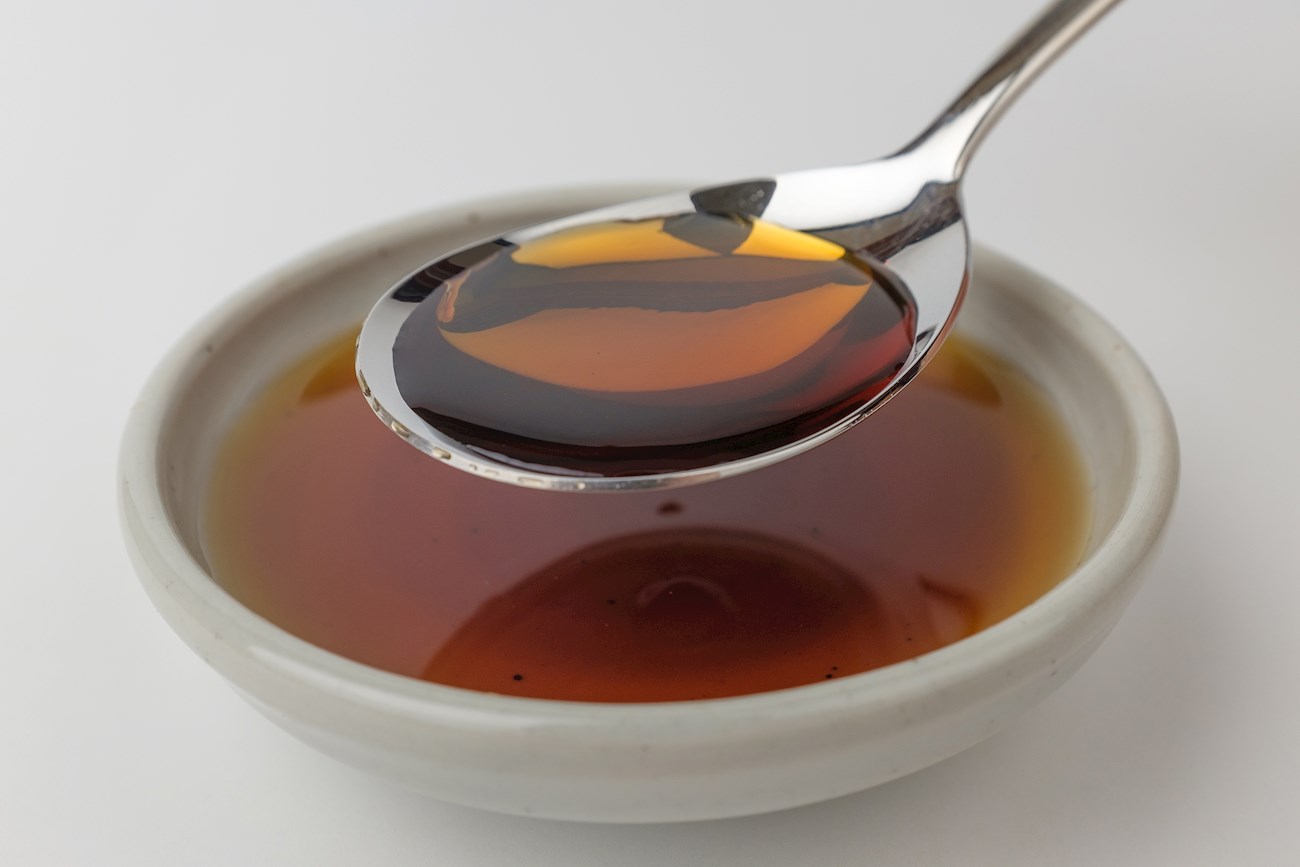TABLE OF CONTENTS
Best Korean Condiment Types
One of the essential ingredients in South Korean cuisine is a spicy, thick, and concentrated gochujang paste. In its basic form, it is made with a combination of gochugaru (fine chili powder made from a specific type of gochu chili pepper), meju (fermented soybean powder), salt, and glutinous rice.
The combination of these fine powders is then left to ferment for several months, or even longer. Because of its popularity, many regional varieties appear throughout the country. Gochujang was first mentioned in writing in 1614, but it is believed that it existed prior to that.
Aekjeot is a traditional fish sauce originating from South Korea. The sauce is used as a condiment and it's usually made from fermented anchovies (mulch aekjeot) or sand lances (kkanari aekjeot). The liquid usually has a light brown color and it's often used for making kimchi because it speeds up the fermentation process.
Aekjeot is also used in soups, stews, and many Korean side dishes due to its umami flavor.
Doenjang soybean paste is one of the essential elements in South Korean cuisine. Traditionally, it is made with fermented meju (large blocks of boiled soybeans) that are covered in brine and are then soaked in traditional onggi vessels.
The process results in the production of a coarse soybean paste, while the brine is further aged to become Korean-style soy sauce (ganjang). Doenjang is used to provide depth and a more complex flavor profile in many Korean soups and stews, as well as in marinades and the popular ssamjang sauce.
Jugyeom, also known as bamboo salt, is a unique form of salt traditional to Korea, made by packing sea salt into bamboo canisters, sealing them with yellow clay, and then roasting the canisters in a pine fire multiple times. This process is repeated up to nine times, with the final roasting reaching temperatures above 1,000°C.
The repeated baking is said to purify the salt and enhance it with minerals from the bamboo and clay, giving it a distinctive flavor known as Gamrojung. Well-baked bamboo salt that reaches a temperature above 1,500°C develops a unique purple color and is known as purple bamboo salt, which is considered to be of the highest quality.
TasteAtlas food rankings are based on the ratings of the TasteAtlas audience, with a series of mechanisms that recognize real users and that ignore bot, nationalist or local patriotic ratings, and give additional value to the ratings of users that the system recognizes as knowledgeable. TasteAtlas Rankings should not be seen as the final global conclusion about food. Their purpose is to promote excellent local foods, instill pride in traditional dishes, and arouse curiosity about dishes you haven’t tried.


